Mixing patterns in home decor doesn't have to be intimidating — it's a great way to add personality and flair to your space! Whether stripes with florals or plaids with polka dots, knowing what works (and what doesn't) is the key to creating a balanced, stylish look.
But how do you strike that perfect mix without overdoing it? Our experts at Stucky's Furniture and Appliance are here to chime in! Let's walk through the essential dos and don'ts to help you create a space that feels cohesive, stylish, and uniquely yours!
Do: Start with a Neutral Base
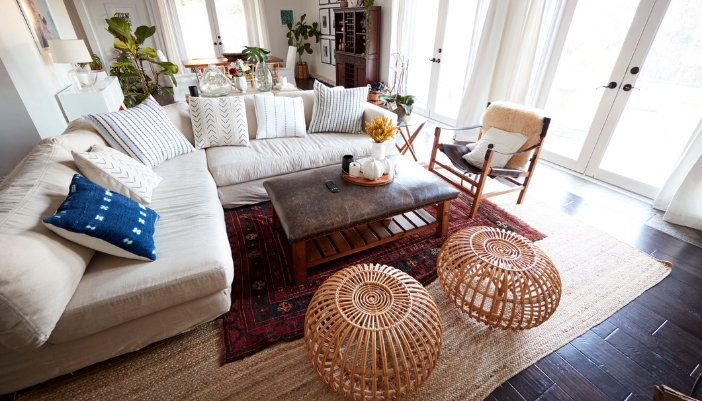
A little pattern goes a long way, but starting with a neutral base is the key to keeping things from getting too wild. This means using subtle, understated colors like beige, grey, white, or soft browns for your walls, large furniture pieces, or rugs.
By starting with these neutral tones, you give your space a calm and consistent backdrop, allowing your patterns (whether bold or subtle) to shine without overwhelming the room. It's the perfect way to play with daring designs while keeping the room balanced and put together.
Don't: Overuse Bold Patterns
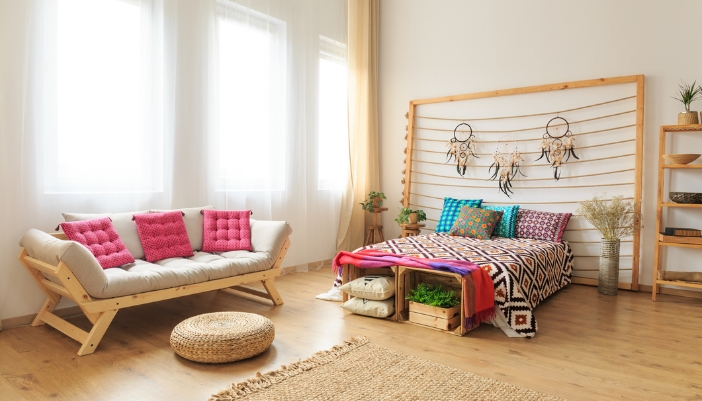
Bold patterns like large florals, geometric shapes, or vibrant stripes can make a statement, but using too many at once can easily overwhelm a room. If every piece of furniture or décor has a bold pattern, it creates visual clutter, making the space feel busy and uninviting.
Instead of layering multiple bold patterns, pick one or two statement pieces (like a bold accent chair or patterned rug) and balance them with more subtle designs or solid colors so your bold pieces can truly shine!
Pro Tip:
Try to limit bold patterns to around 30 percent of the room's decor, with the remaining 70 percent being neutral or subtle patterns to maintain balance.
Do: Stick to a Color Scheme
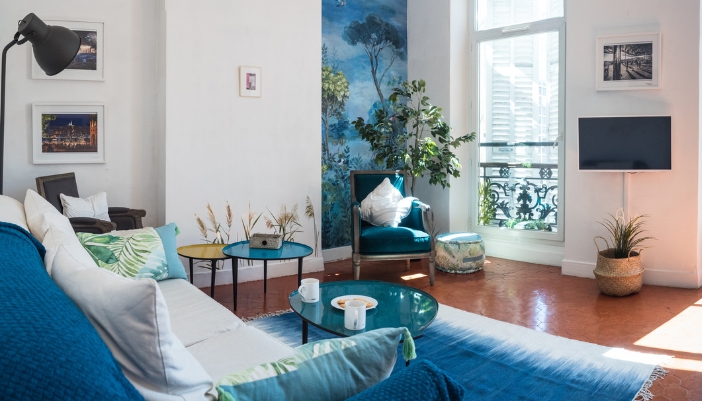
One of the easiest ways to make patterns work together is by using a consistent color scheme. When the colors in your patterns complement each other, it creates a cohesive look, even when the designs themselves are different.
So, it's essential to choose a palette with two or three main colors, and make sure all the patterns you use share at least one of those colors for a harmonious look!
Pro Tip:
Start with tried-and-true color combinations like navy, white and grey, black and tan; beige, brown, and soft green; or, if you want a little more warmth, you can try grey and yellow (where grey is the dominant color!).
Don't: Combine Unrelated Patterns
You might think you can mix any patterns, but throwing random designs together is a quick way to style mayhem. Pairing polka dots with oversized florals or geometric prints with intricate paisleys? It's too much! The key is to find patterns that share a common element, like color or theme, so they complement each other instead of competing for attention.
Pro Tip:
Pair subtle patterns like small herringbone with simple stripes or geometric prints with tone-on-tone florals to create a balanced look without clashing.
Do: Play with Pattern Scale
The best way to mix patterns is to consider the scale! Instead of using patterns of all the same size, change things up! Try pairing a bold, oversized pattern, like large florals or wide strips, with something smaller or more subtle, like delicate polka dots or thin lines.
Or, if your rug has a large pattern, consider using smaller prints for your throw pillows or curtains to create a contrast. In any case, the point is to give each pattern its moment to shine without overshadowing the room!
Don't: Forget About the Balance
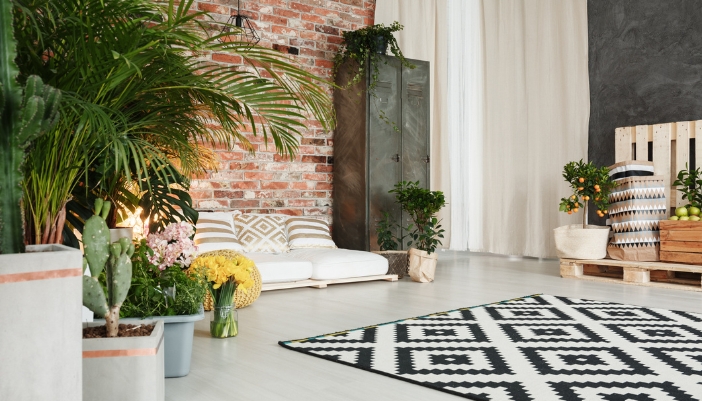
Naturally, the biggest consideration when doing anything in home décor is to focus on the balance! The last thing you want is a visual overload that takes you from stylish to tacky (yikes!). So, to keep things balanced, remember:
- Orientation: Mixing patterns with different orientations (e.g., horizontal, vertical, and diagonal) can create visual interest, but be mindful of how they interact with each other.
- Density: Combine dense patterns (like thick stripes or busy florals) with more open patterns (like thin stripes or minimalist geometrics) to create a balanced look.
- Solids: Using solid colors as a "buffer" between patterns can help prevent visual overload and create a sense of calm.
Do: Incorporate Textures
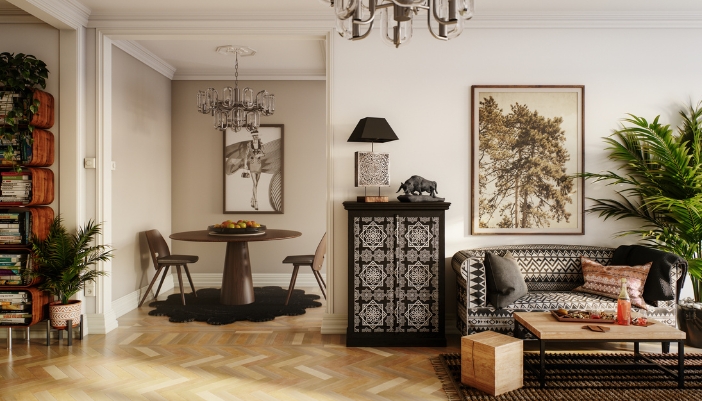
Want to take your pattern mixing to the next level? Try adding texture to the mix! By incorporating a variety of textures, you can create a rich, tactile experience that draws the eye and invites exploration. So, keep these considerations in mind!
- Smooth & Rough: Pair smooth surfaces like glass or metal with rougher textures like woven baskets or chunky throw blankets.
- Organic Textures: Incorporate natural elements like wood, stone, or plants to bring warmth and coziness to your space.
- Go Metal: Metallic accents like brass, copper, or silver can add a touch of sophistication and glamour to your room.
Pattern Perfection
Mixing patterns doesn't have to be complicated. By sticking to the essentials, you can create a stylish and cohesive space that is so satisfying to the eye! So don't wait to try it; stop by Stucky's Furniture and Appliance and explore our colorful blend of furniture styles to revamp your space!
Need help finding what you need? Leave it to our experts — we're always happy to help!
